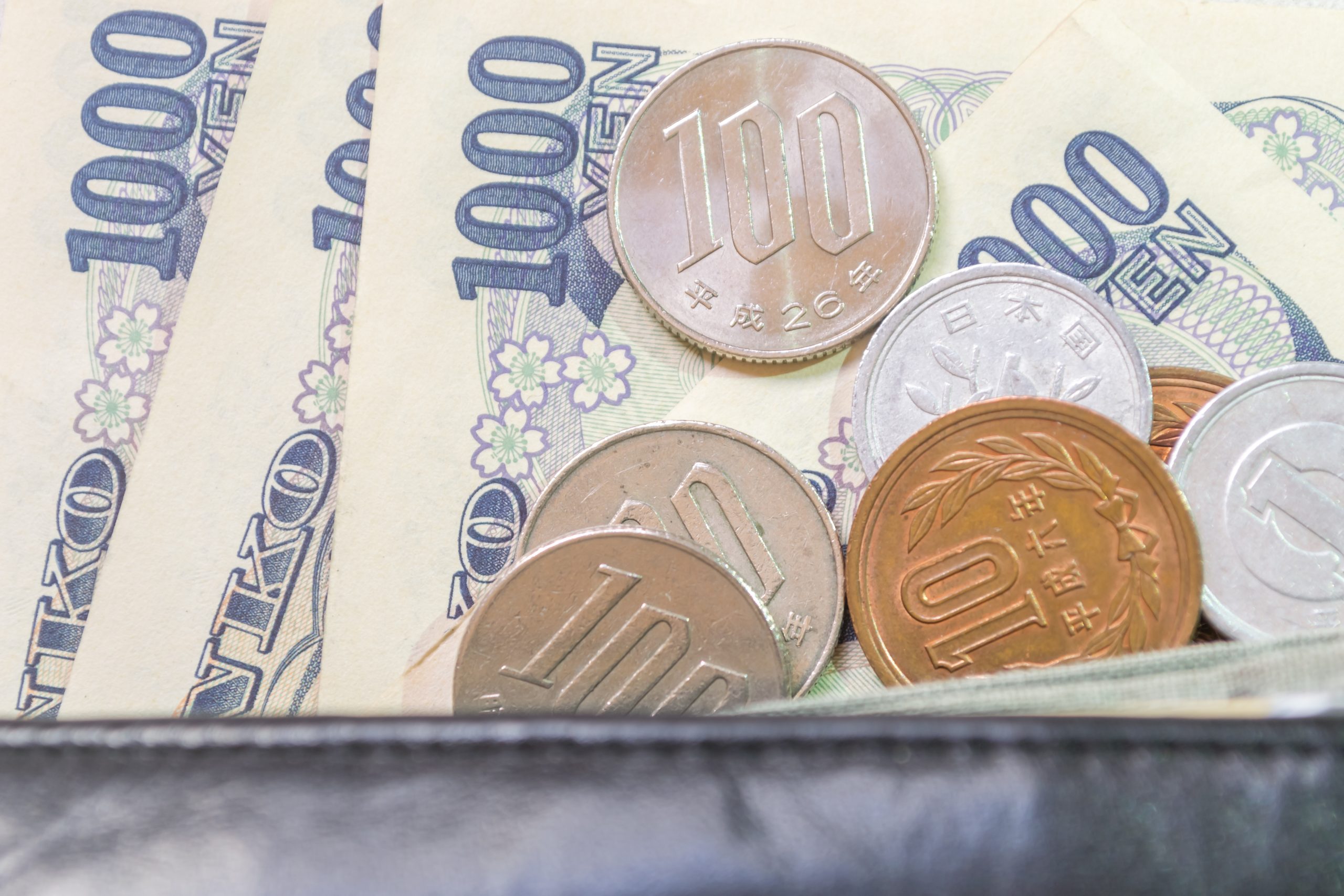The number exceeded the experts’ prediction of 3.5percent and represents the quickest cost increase after 1982. Also as a result of the yen’s unprecedented decline, underlying monetary policy has now gone beyond the Financial system of Japan’s 2 percentage-point premium objective for seven consecutive months.
The Belief of the Japanese Central Bank
Director Haruhiko Kuroda repeated his belief that the super duper borrowing costs set by the national financial institution are still reasonable after the report was released, although he noted that the most recent increases were sizable and therefore that money supply might pick up speed.
Although most researchers concur with the BOJ forecast Japan’s money supply would slow this coming year, in fact, due to federal incentives, other experts believe the monetary authority has underestimated the stability of commodities overall. Per the survey, increases in the rate of packaged foods currently surpass the effects of rising gasoline and electricity rates. Cost rise has approached 2.5percent when perishable products and electricity are excluded, indicating that perhaps the money supply trajectory is significantly stronger than 2%.
As per a Teikoku Databank poll, businesses increased the pricing of nearly 6,700 consumer products in October, including mayonnaise to drinks. Despite the fact that the pattern seemed to reach its peak last month, further 833 foodstuff commodities, especially milk supplies, are anticipated to increase in price in November.
The Chancellor of the Japanese Central Bank, Miyazaki, whose tenure ends in April, recently identified labor cost increase as the essential component required to foster an ecosystem conducive to long-term development in both rates and the GDP. The director reiterated his belief that for a 2 percent money supply to persist, there must be a 3 percent labor cost increase.
Kuroda stated it is neither advisable to stiffen regulation nor hike costs at this time since doing so might hinder businesses’ capacity to boost salaries and prolong the GDP rebound. The congressman’s prudence is probably partly influenced by prior BOJ initiatives to increase premiums too soon, as well as by the dramatic decline in consumption costs that followed a federal income increase in 2014 that caused cpi to exceed 3%.
BOJ’s Forecast
Seisaku Kameda, an erstwhile BOJ senior analyst and present head researcher at Sompo Institute Plus, stated that whenever corporations shifted significant expenses onto households immediately before the worldwide economic meltdown, it never lasted. Even with rising prices and labor cost increases, “I nevertheless don’t anticipate Japan ‘s GDP and financial operations reaching a healthy fiscal phase.”
However, the most recent cost surge is expected to leave rumors of a potential shift of policy until Kuroda is replaced as an administrator in April. According to Iwashita of Daiwa, the administration’s actions could cause the money supply to fall under 3 percent in 2013. This does not imply that market impulse is waning.



